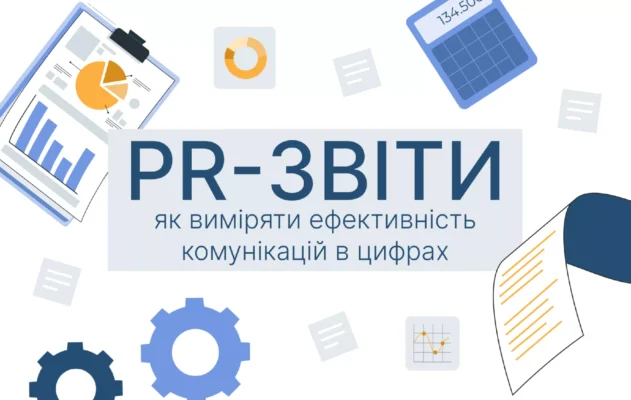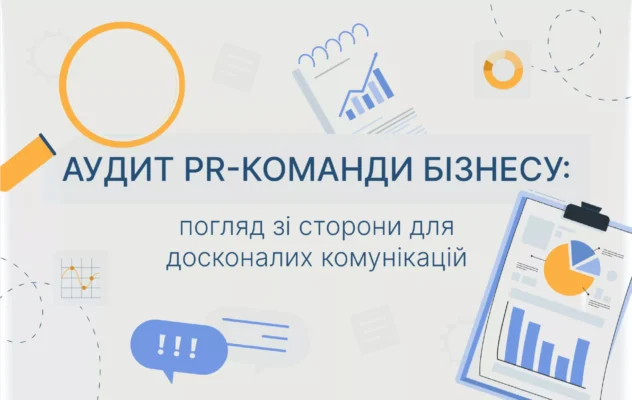Social media VS traditional media: what to choose for PR?

Speed is a key advantage of the media for users. This explains Telegram’s undisputed leadership as a key source of information. According to the latest data, almost 80% of Ukrainians read news there. YouTube and Facebook follow (almost 60 and 45%, respectively). Traditional media are losing out – news sites and television as a source of news (and not the main one) are used by only 30% of Ukrainians. But does this mean that in PR we should rely only on social media?
All clients want Telegram. I can draw this conclusion based on the results of recent years. Yes, TG has clear advantages:
large coverage in a short period of time, especially if the channel is promoted and popular;
a visual demonstration of audience perception. We immediately see how people “get” this or that news.
But is everything so perfect?
No one, not even the owners of Telegram channels, fully understand the structure of their audience. The statistics there are quite superficial, even when compared to Facebook or Instagram. Therefore, by posting there, you may not reach your target audience. Yes, Telegram can not only reflect reality, but also influence the information agenda. However, it is almost impossible to predict the effect.
They may simply not scroll to your message. Popular channels post hundreds of publications per day. Most subscribers do not scroll through the feed completely, but read only the latest messages. So the chance of remaining “unread” is quite high.
Telegram channels are mostly anonymous and do not bear any responsibility to the audience and the law. On the one hand, this can create a somewhat biased attitude towards what the reader reads. On the other hand, it makes Telegram an excellent space for black PR. So here, in addition to informative posts to fill the feed, not only short news from companies (which, of course, are not marked as “advertising”) “flourish”, but also custom materials from competitors.
Nobody searches for a company/person on Telegram. They search for it on Google. Here we come to the key advantage of traditional media, which is also a fundamental disadvantage of Telegram. Each platform tries to accumulate data without providing access to outsiders. So a company can be active on Telegram, but from the outside you will not find anything about it.
And investors and financial institutions check the reputation of a business, including what is written about it on the Internet. For example, the National Bank of Ukraine, when issuing financial licenses, checks information from open sources, including in the media. And the presence of negative mentions or journalistic investigations can even push the NBU to conduct additional checks on the company.
Journalistic investigations still have great weight in social shifts. As a rule, they are based on information from “friendly” law enforcement officers, and the media already gives it publicity. And this has a more powerful impact on the audience than any posts, even in the most popular channel on Telegram. After all, behind the investigation are always the names of real journalists, not anonymous ones, and traditional media as a platform for publication still has higher trust from people.
Imagine – there was a crisis in communications, and the company did not react to it in any way. It did not protect its reputation on the network, did not give any comments to the media. So everything that will be searched for about it will be marked as “negative”. And it will be impossible to solve this issue through SERM.
But traditional sites also have disadvantages. Often their structure is so complex and incomprehensible that it is difficult for an ordinary reader to find the necessary information. Also, there are hundreds of news (and large volumes, not like in Telegram) per day. And it is not possible to stay on the main page for long. However, this disadvantage is similar to the one that Telegram has.
Television remains an influential tool. But since about 90% of people are already used to receiving information on their smartphone, it is transforming. So a significant share of YouTube views for news still falls on content created by TV broadcasters.
The world has accelerated, and this also applies to information exchange. That is why social media is winning the race, first of all Telegram. However, when we talk about reputation protection and anti-crisis PR, choosing only one information channel would be a mistake. In our work, our PR agency adheres to a balance – about 70% for traditional media, 30% – for Telegram, Factbook and social media in general. After all, we need to not only reach the audience. We need to form a positive long-term reputation of the business on the Internet, which will not disappear when the feed is updated.


